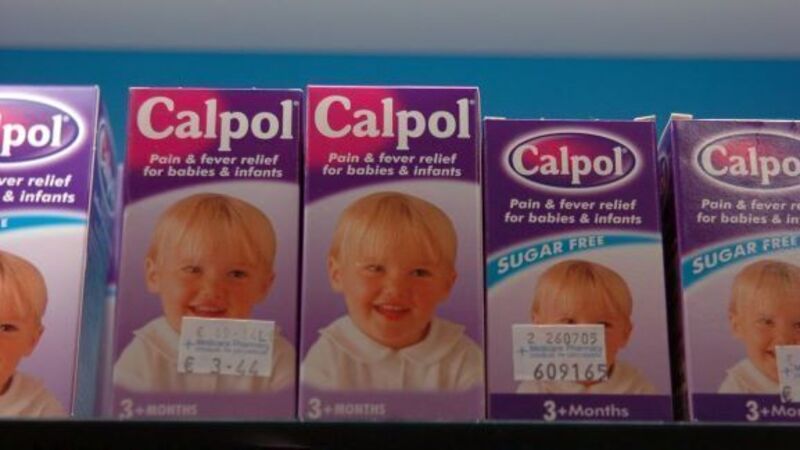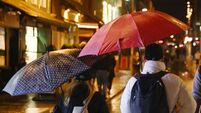Call to ban colourings in children’s medicine

Action on Additives said 19 children’s medicines contain colourings that were linked to hyperactivity in a Southampton University study published in 2007.
The Food Standards Agency called for a voluntary ban on sunset yellow (E110), quinoline yellow (E104), carmoisine (E122), allura red (E129), tartrazine (E102), and ponceau 4R (E124) from food and drinks in 2008 after the study.













